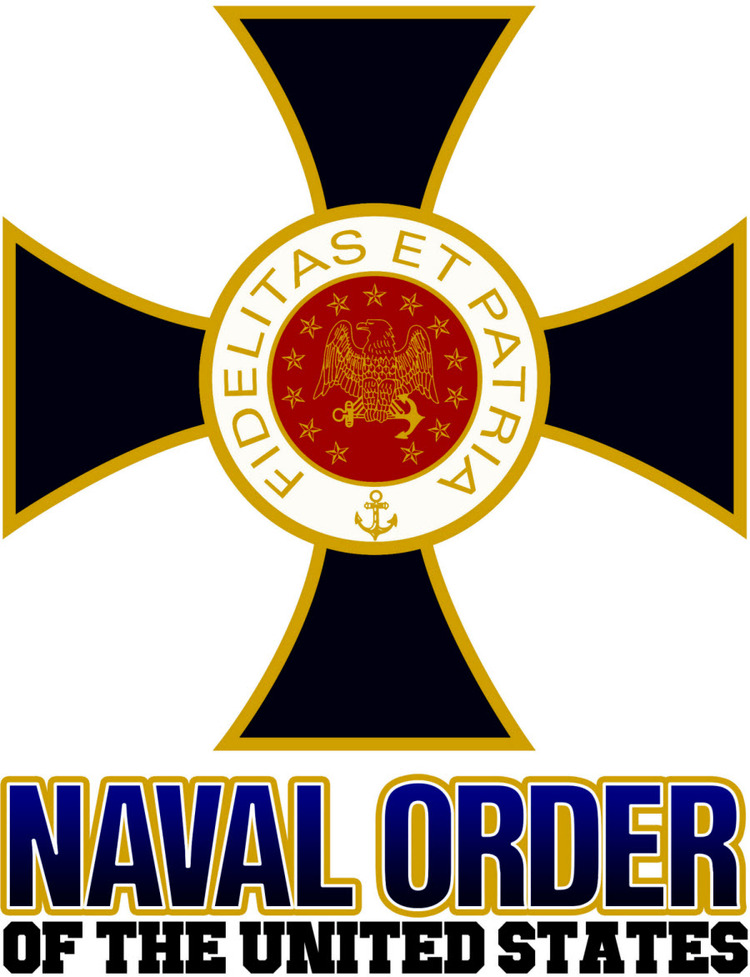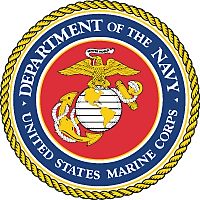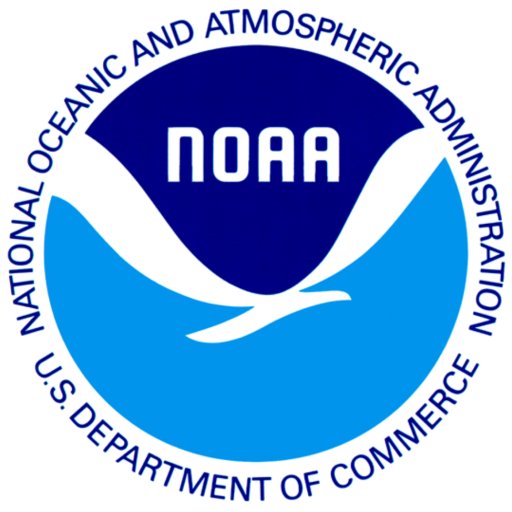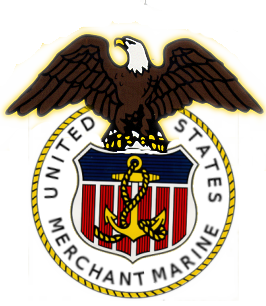
by David F. Winkler
1942 would prove crucial for the United States in the Pacific following the Japanese attack on Pearl Harbor and a series of setbacks in the Southwest. As the first ship commissioned following America's entry into World War II, the light cruiser USS Atlanta would be thrust into the Pacific fight, joining the fleet in time for the pivotal battle of Midway and on to the Guadalcanal campaign in the Southwest Pacific. Embarked was an exceptionally astute observer, Lieutenant Commander Lloyd M. Mustin, who faithfully recorded his thoughts on the conflict in a standard canvas-covered logbook.
Diaries were not supposed to be kept by those serving in the U.S. Navy during World War II, and for good reason. If recovered by the Japanese, they would likely have revealed that the Japanese code had been broken prior to the battle of Midway. Thus, Mustin's diary is a rare day-to-day accounting of the Pacific from a very opinionated mid-grade officer. Beginning with the commissioning of Atlanta at the Brooklyn Navy Yard on Christmas Eve 1941, Mustin covers the ship's workups and her deployment to the Pacific in time for the battle of Midway.
It's then on to the Southwest Pacific, where the ship first engages enemy aircraft at the battle of the Eastern Solomons in late August 1942. Mustin's final entry covers the battle of Santa Cruz in late October 1942. The story is completed by an account of the battle of Guadalcanal and beyond, drawing upon Mustin's oral history. This is a valuable document, fully interpreted to provide a better understanding of the Pacific War during that critical year.
Email: winkler58@msn.com
Publisher: Casemate, 2024
Ordering Info: Casemate. See other works by this NOUS companion here.

by Dale A. Jenkins
Was the Japanese attack on Pearl Harbor inevitable?
It's November 1941. Japan and the US are teetering on a knife-edge as leaders on both sides of the Pacific strive to prevent war between them. But failed diplomacy, foiled negotiations, and possible duplicity in the Roosevelt administration thwart their attempts. Drawing on now-declassified original documents, Diplomats & Admirals reveals the inside story of one fateful year, including:
How the hidden agendas of powerful civilian and military leaders pushed the two nations toward war
The miscommunications, misjudgments, and blunders that doomed efforts at peace
China's role in the US ultimatum that triggered the attack on Pearl Harbor
Why the carrier-to-carrier showdown at Coral Sea proved a fatal mistake for Japan
How courageous US navy pilots snatched victory from defeat at the Battle of Midway
The defining events of WWII could have ended very differently. Combining perspectives from both military and civilian leaders, Diplomats & Admirals uncovers new insights into the Pacific naval battles that shaped the world—and the men behind them.
Email: dale.jenkins001@icloud.com
Publisher: Aubrey Publishing Co., 2022
Ordering Info: Amazon, Barnes & Noble

by James D. Hornfischer
The extraordinary story of the World War II air, land, and sea campaign that brought the U.S. Navy to the apex of its strength and marked the rise of the United States as a global superpower. Drawing on new primary sources and personal accounts by Americans and Japanese alike, here is a thrilling narrative of the climactic end stage of the Pacific War, focusing on the U.S. invasion of the Mariana Islands in June 1944 and the momentous events that it triggered. With its thunderous assault into Japan's inner defensive perimeter, America crossed the threshold of total war. From the seaborne invasion of Saipan to the stunning aerial battles of the Great Marianas Turkey Shoot, to the largest banzai attack of the war and the strategic bombing effort that led to Hiroshima and Nagasaki, the Marianas became the fulcrum of the drive to compel Tokyo to surrender with consequences that forever changed modern war.
James D. Hornfischer is the author of the New York Times bestsellers Neptune's Inferno, Ship of Ghosts, and The Last Stand of the Tin Can Sailors, winner of the Samuel Eliot Morison Award.
Email: jh@hornfischerlit.com
Publisher: Bantam, 2016
Ordering Info: Amazon, and can be ordered online at book website jameshornfischer.com



by David F. Winkler
1942 would prove crucial for the United States in the Pacific following the Japanese attack on Pearl Harbor and a series of setbacks in the Southwest. As the first ship commissioned following America's entry into World War II, the light cruiser USS Atlanta would be thrust into the Pacific fight, joining the fleet in time for the pivotal battle of Midway and on to the Guadalcanal campaign in the Southwest Pacific. Embarked was an exceptionally astute observer, Lieutenant Commander Lloyd M. Mustin, who faithfully recorded his thoughts on the conflict in a standard canvas-covered logbook.
Diaries were not supposed to be kept by those serving in the U.S. Navy during World War II, and for good reason. If recovered by the Japanese, they would likely have revealed that the Japanese code had been broken prior to the battle of Midway. Thus, Mustin's diary is a rare day-to-day accounting of the Pacific from a very opinionated mid-grade officer. Beginning with the commissioning of Atlanta at the Brooklyn Navy Yard on Christmas Eve 1941, Mustin covers the ship's workups and her deployment to the Pacific in time for the battle of Midway.
It's then on to the Southwest Pacific, where the ship first engages enemy aircraft at the battle of the Eastern Solomons in late August 1942. Mustin's final entry covers the battle of Santa Cruz in late October 1942. The story is completed by an account of the battle of Guadalcanal and beyond, drawing upon Mustin's oral history. This is a valuable document, fully interpreted to provide a better understanding of the Pacific War during that critical year.
Email: winkler58@msn.com
Publisher: Casemate, 2024
Ordering Info: Casemate. See other works by this NOUS companion here.
by Dale A. Jenkins
Was the Japanese attack on Pearl Harbor inevitable?
It's November 1941. Japan and the US are teetering on a knife-edge as leaders on both sides of the Pacific strive to prevent war between them. But failed diplomacy, foiled negotiations, and possible duplicity in the Roosevelt administration thwart their attempts. Drawing on now-declassified original documents, Diplomats & Admirals reveals the inside story of one fateful year, including:
How the hidden agendas of powerful civilian and military leaders pushed the two nations toward war
The miscommunications, misjudgments, and blunders that doomed efforts at peace
China's role in the US ultimatum that triggered the attack on Pearl Harbor
Why the carrier-to-carrier showdown at Coral Sea proved a fatal mistake for Japan
How courageous US navy pilots snatched victory from defeat at the Battle of Midway
The defining events of WWII could have ended very differently. Combining perspectives from both military and civilian leaders, Diplomats & Admirals uncovers new insights into the Pacific naval battles that shaped the world—and the men behind them.
Email: dale.jenkins001@icloud.com
Publisher: Aubrey Publishing Co., 2022
Ordering Info: Amazon, Barnes & Noble
by James D. Hornfischer
The extraordinary story of the World War II air, land, and sea campaign that brought the U.S. Navy to the apex of its strength and marked the rise of the United States as a global superpower. Drawing on new primary sources and personal accounts by Americans and Japanese alike, here is a thrilling narrative of the climactic end stage of the Pacific War, focusing on the U.S. invasion of the Mariana Islands in June 1944 and the momentous events that it triggered. With its thunderous assault into Japan's inner defensive perimeter, America crossed the threshold of total war. From the seaborne invasion of Saipan to the stunning aerial battles of the Great Marianas Turkey Shoot, to the largest banzai attack of the war and the strategic bombing effort that led to Hiroshima and Nagasaki, the Marianas became the fulcrum of the drive to compel Tokyo to surrender with consequences that forever changed modern war.
James D. Hornfischer is the author of the New York Times bestsellers Neptune's Inferno, Ship of Ghosts, and The Last Stand of the Tin Can Sailors, winner of the Samuel Eliot Morison Award.
Email: jh@hornfischerlit.com
Publisher: Bantam, 2016
Ordering Info: Amazon, and can be ordered online at book website jameshornfischer.com






